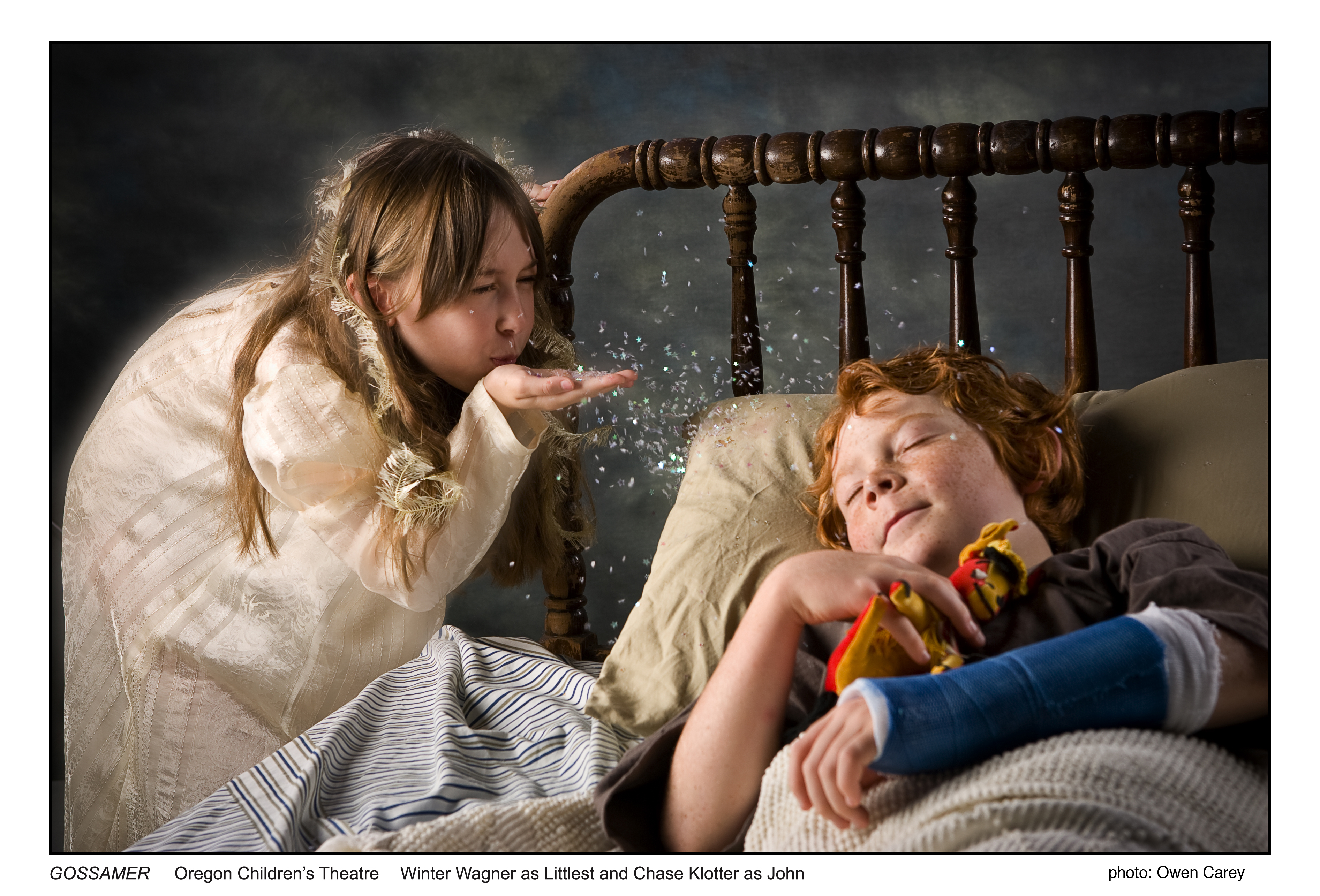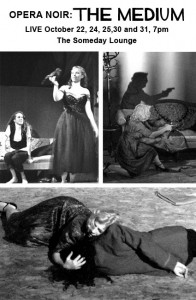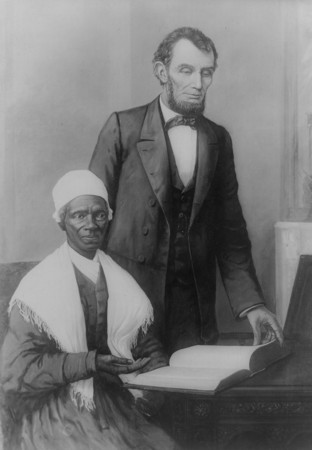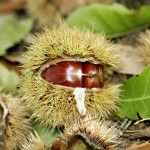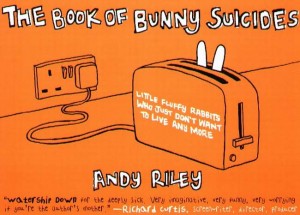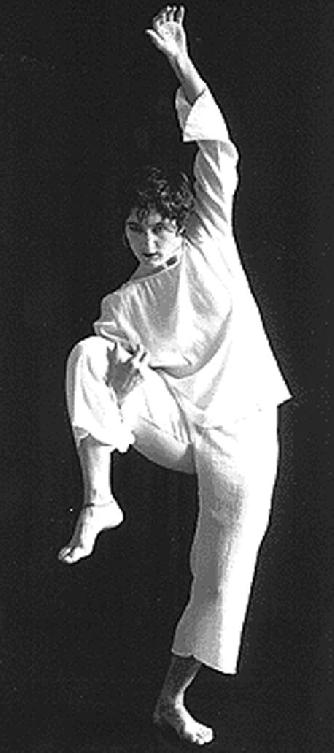Â
She dwells with Beauty – Beauty that must die;
And Joy, whose hand is ever at his lips
Bidding adieu; and aching Pleasure nigh,
Turning to poison while the bee-mouth sips:
Ay, in the very temple of Delight
Veil’d Melancholy has her sovran shrine,
Though seen of none save him whose strenuous tongue
Can burst Joy’s grape against his palate fine . . .
Â
John Keats, “Ode on Melancholyâ€
Â
It is the most anthologized poem in the language, reportedly. (Who thumbed pages and tallied that?) Ron Rosenbaum offers perennial praise to it as the “greatest lyric poem in the language.” And days like the past few make it clear why John Keats‘ “To Autumn” is my favorite poem, celebrating the fullness of fall and accepting the deliquescence of the all-in-all that follows.
Â
 I think of Malcolm Lowry’s strange story “Strange Comforts Afforded by the Profession.” Lowry’s alter ego, Sijborn Wilderness, steps into the house in Rome where John Keats spent his last weeks before dying at the age of 26 in 1821. (It is the building, now a museum, to the right of the Spanish Steps.) The time of Lowry’s story is shortly after World War II, and Wilderness wonders at Keats’ suffering for his art, but against the broader background of Europe’s 20th century cauldron – the war and the Holocaust.
I think of Malcolm Lowry’s strange story “Strange Comforts Afforded by the Profession.” Lowry’s alter ego, Sijborn Wilderness, steps into the house in Rome where John Keats spent his last weeks before dying at the age of 26 in 1821. (It is the building, now a museum, to the right of the Spanish Steps.) The time of Lowry’s story is shortly after World War II, and Wilderness wonders at Keats’ suffering for his art, but against the broader background of Europe’s 20th century cauldron – the war and the Holocaust.
Â
Continue reading Autumnal thoughts: John Keats suffers to write blues
